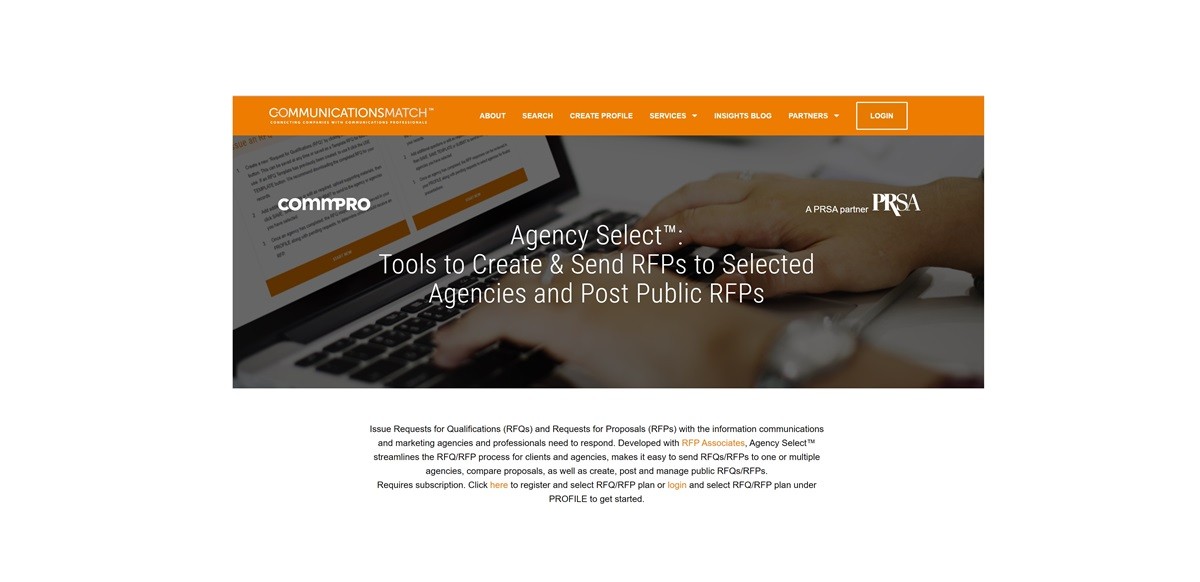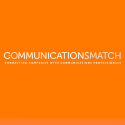RFP Tools for Corporate Communications: Save Time, Better Hiring Outcomes
Old habits die hard. That’s one takeaway from my CommPRO article highlighting the benefits of using corporate communications-focused RFP technology to save clients and agencies time, and achieve better outcomes.
The article, PR RFP Technology Has Come Of Age And You Need To Be Using It, notes that all too often, RFPs are created from scratch or use purchasing tools which shoehorn a communications RFP into a corporate template – “rarely a good fit.
Doing what has always been done may not seem to be an issue, until clients send out RFPs and agencies they want to work with decide not to participate because the investment of time simply does not justify the effort. Or because key information agencies need to make the decision to respond – often as simple as budgets – are not included.
In CommPRO, I write: “Having sat in the corporate hot seat, I know that it’s all too easy to dismiss these concerns and just focus on the firms that took the time to go through a still largely manual RFP process. What gets missed is the potential lost opportunity to engage the ‘best’ firm for an assignment and the wasted time of a bad process.”
An efficient technology-driven RFP and RFQ process, that gets both clients and agencies to in-person presentations, is a boon to all parties.
I highlight 10 specific benefits:
- RFPs can be created, sent, and responded to securely and in a fraction of the time of traditional approaches to RFPs
- RFQs can be sent to qualified agencies, professionals, or service providers before an RFP to narrow the list of firms being asked to complete a more time-intensive RFP
- Communications-focused, fully-customizable templates ensure an RFP has the information agencies need to respond
- Clients can compare responses side-by-side
- Supporting material can be uploaded within the RFP by the client, and agencies (if requested) can add presentations or other materials to their response
- Using dashboards, a client can see if the RFP has been opened, and have the ability to follow up and re-send
- RFPs can be sent to the individual in the agency who will complete the RFP
- Responses to RFPs can be provided as PDFs, printed out, and shared with members of the team evaluating the firms
- The RFP process can be run by the company or with the support of agency search consultants
- The process can be technology- or consultant-led or a hybrid, and used for agency of record assignments, projects, business unit, agency or franchise support
Saving time is invaluable for agencies for which every hour spent on an RFP may be a billable hour of revenue lost.
For time-pressed client organizations, the greatest benefit of a more efficient RFP process is better programs. Having qualified agencies for the assignment participate, and a process that ensures when you get to in-person presentations there is alignment between clients and agencies, is the foundation for building productive relationships and delivering the best results.
This is the promise of CommunicationMatch™’s Agency Select™ RFP tools. Used by blue chip firms, these tools are now an integrated part of CommPRO’s industry memberships. Watch this short explainer video or set up a call to find out more at [email protected]
